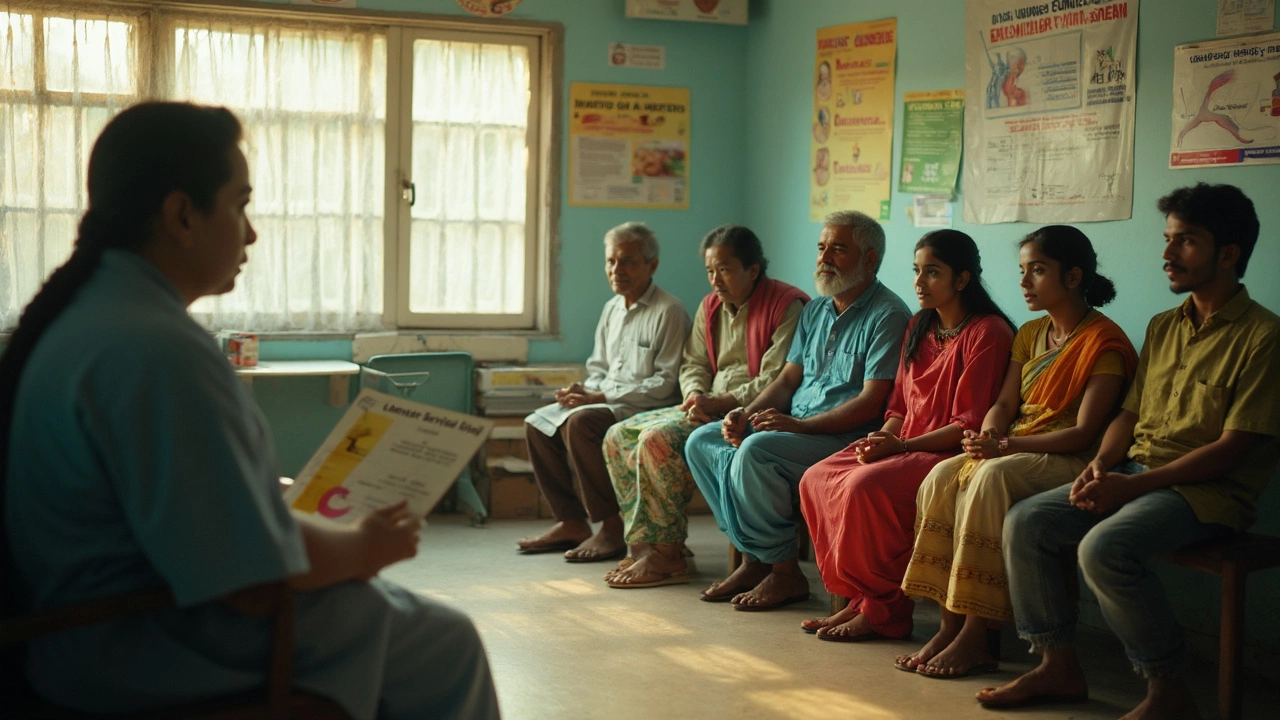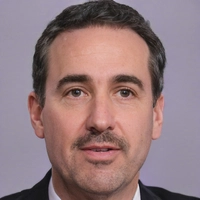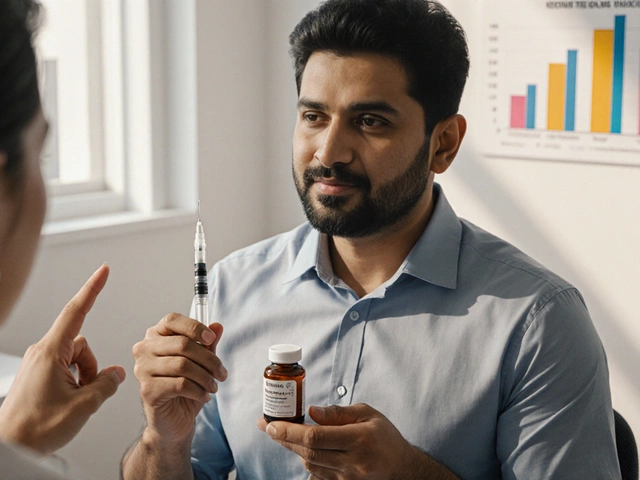If you had to guess which cancers cause the most deaths, would you be surprised by the answers? Lung, colorectal, and pancreatic cancers top the list for deadliest types—claiming hundreds of thousands of lives every year. The scariest part? Most of these don’t show obvious symptoms until it’s late.
Lots of folks assume the deadliest cancers are the rarest ones. But that’s not always true. Lung cancer alone leads the pack, killing more men and women than any other cancer, even if you never smoked a cigarette. Colorectal and pancreatic cancers aren’t far behind, and they’re sneaky—often hiding out until they’ve spread.
Getting familiar with which cancers are the biggest killers isn’t just for trivia night. If you actually know what to look for, you’re more likely to catch a problem early, which can save your life or someone you love. We’ll get into the details—what makes these three so tough, what to watch out for, and practical tips you can use right now to lower your risk or spot trouble early.
- The Top Killers: Which Cancers Take the Most Lives?
- Why These Cancers Are So Deadly
- Spotting Early Warning Signs
- Getting Ahead: How to Cut Your Risk
- What’s New in Treatment and Research?
The Top Killers: Which Cancers Take the Most Lives?
When it comes to cancer deaths, a few types really stand out. If you look at the stats, lung, colorectal, and pancreatic cancers are tough to beat—and not in a good way. It's not just about how common they are, but how deadly. Knowing which ones are the top threats can actually help you focus your attention where it really matters.
Here’s the breakdown for the United States in the past year (deadliest cancers stats for 2024):
| Cancer Type | Estimated Deaths (2024) | Main Risk Factors |
|---|---|---|
| Lung & Bronchus | ~125,000 | Smoking, air pollution, family history |
| Colorectal | ~53,000 | Obesity, processed/red meat, low fiber, genetics |
| Pancreatic | ~51,000 | Smoking, obesity, type 2 diabetes, family history |
Lung cancer stands way above the rest—almost double the deaths of the next one on the list. The sad part? More than half of people with lung cancer are diagnosed after the cancer is already advanced. Colorectal and pancreatic cancers have their own challenges, especially since early symptoms are either missing or so mild people easily ignore them.
If you want to make sense of where the biggest danger is, you can't ignore these three. They account for almost one out of every two cancer deaths in the country. Spotting problems early (or taking steps to prevent them, which we’ll cover later) gives you a way better shot at beating them.
- Lung cancer: Still the #1 killer for both men and women, even as smoking rates go down. Secondhand smoke and air quality matter, too.
- Colorectal cancer: Used to hit older adults, but now more people under 50 are starting to show up in the numbers.
- Pancreatic cancer: Has the worst survival rate out of almost any major cancer, since it's usually spotted really late.
When people talk about cancer risks, these are the heavy hitters. If you only remember three names, make it these.
Why These Cancers Are So Deadly
When it comes to cancer, not all types are equal. Lung, colorectal, and pancreatic cancers are the top three killers for one main reason: they’re hard to catch early, and treatment usually starts late.
Lung cancer is the deadliest cancer worldwide, but most people don’t have symptoms until it’s already spread. You can get lung cancer even if you never smoked, so it often comes as a shock. Plus, there are no regular screening tests for most people, which means tumors can grow quietly for years. Once diagnosed, more than half of people already have advanced disease, making it much tougher to treat.
Colorectal cancer is often called a “silent” disease. It usually starts as small polyps in your colon or rectum—these are super easy to remove if found early during a colonoscopy. The problem? Most folks skip colonoscopies or start them too late. That lets cancer hide out and grow. By the time symptoms kick in, like bleeding or stomach pain, the cancer might be pretty far along already. The good news: regular screenings seriously lower your risk and have even brought down the death rate in countries where people get checked regularly.
Pancreatic cancer is almost famous for how sneaky it is. Your pancreas sits way deep in your belly, so a growing tumor doesn’t cause any obvious bumps or pain at first. There are no easy screening tests for it either. By the time you notice symptoms—like yellowing eyes or sudden weight loss—the cancer is usually advanced. This is why only about 1 in 10 people diagnosed with pancreatic cancer are still around five years later. That’s a grim stat, but it shows why finding better tests and early warning signs is so critical.
In short, these three cancers dodge early notice, and that gives them the upper hand. Lack of routine screening, hidden symptoms, and fast-spreading tumors all add up, making them the most dangerous types out there. Spotting them before they spread is the real game changer, but right now, most people get diagnosed when it’s almost too late to turn things around.
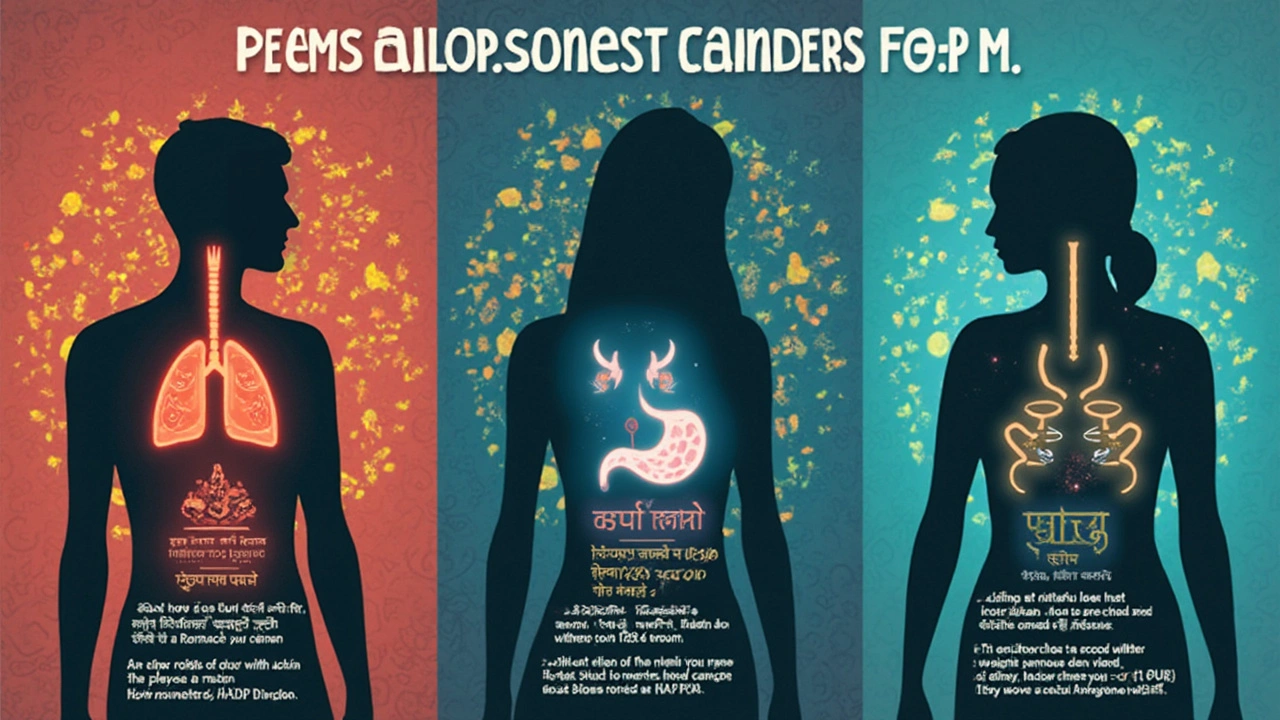
Spotting Early Warning Signs
Most cancers are scary because they sneak up without many obvious symptoms. The problem with lung, colorectal, and pancreatic cancers is that their early signs can seem like harmless everyday issues. But catching them early makes a huge difference, so let’s get into what you should watch for.
With lung cancer, don’t ignore a cough that won’t go away, coughing up blood (even a little), shortness of breath, or chest pain. Some folks just shrug these off as lingering colds or allergies. If you notice constant wheezing or you’re losing weight without trying, it’s time to get checked. Smokers definitely need to pay attention, but non-smokers can get lung cancer too—especially if there’s a family history or you’ve been exposed to things like radon or secondhand smoke.
Colorectal cancer can be a real sneak because its early symptoms can be mistaken for stomach bugs or piles. Here’s what deserves a doctor’s visit:
- Blood in your stool or on toilet paper (don’t just chalk it up to hemorrhoids)
- Big changes in how often you go to the bathroom or what your poop looks like
- Constant stomach pain, cramps, or feeling really bloated
- Rapid weight loss without any changes in diet or exercise
- A feeling that you still need to "go" even after you do
Now, pancreatic cancer is a tough one because symptoms are usually vague or show up late. But there are warning signs you just shouldn’t brush off:
- Jaundice (skin or eyes turning yellow—don’t ignore this, it’s a big red flag!)
- Unexplained weight loss or loss of appetite
- Bloating, belly pain, or swelling
- Stools that look greasy or float (your body isn’t digesting fat right)
- New diagnosis of diabetes, especially if you’re fit and healthy otherwise
When in doubt, don’t just wait for things to get worse. If something feels off or sticks around longer than a couple weeks, call your doctor. It’s not about panicking—it’s about giving yourself a real shot at catching these cancers before they get out of hand.
Getting Ahead: How to Cut Your Risk
If you want to avoid getting one of the deadliest cancers, you’ll need to be proactive. A lot of what raises your risk is in your control. Yeah, age and genetics play a part, but daily habits and regular checkups can make a huge difference.
Take a look at the biggest risk factors for lung, colorectal, and pancreatic cancer:
| Cancer | Main Risk Factors | Key Prevention Tips |
|---|---|---|
| Lung cancer | Smoking, secondhand smoke, radon exposure, air pollution, family history | Quit smoking, test your home for radon, avoid secondhand smoke |
| Colorectal cancer | Family history, low fiber diet, lots of red/processed meat, sedentary lifestyle, obesity, alcohol, smoking | Eat more fiber, exercise regularly, cut down red meat, get screened |
| Pancreatic cancer | Smoking, obesity, type 2 diabetes, chronic pancreatitis, family history | Maintain healthy weight, avoid tobacco, manage diabetes, stay active |
Screening tests can save lives, especially with colorectal cancer. Catching growths (polyps) before they turn into cancer is the goal. Most people should start screening at age 45, but check with your doc—some need to start earlier if there’s family history.
Here are some everyday things you can do to seriously shrink your chances of these cancers:
- Say goodbye to smoking. Not just cigarettes—even vaping and chewing tobacco have links to more than one deadly cancer.
- Move your body. Thirty minutes of walking five times a week is enough to lower cancer risk and help your mood, too.
- Stock up on fruits, veggies, and whole grains. They’ve got fiber and nutrients that fight cancer cells before they start multiplying.
- Cut down on processed meats and red meat. Swap a burger for grilled chicken or fish sometimes. It adds up over the years.
- Limit alcohol. Stick to no more than one drink a day for women, two for men. Less is even better.
- Keep your weight in check—staying at a healthy weight drops the odds of colorectal and pancreatic cancers.
If you have a family history or other risk factors, talk to your doctor about early or more frequent screening. And don’t ignore weird symptoms like blood in stool, unexplained weight loss, or a long-lasting cough. Acting early can mean the difference between a scare and a tragedy.
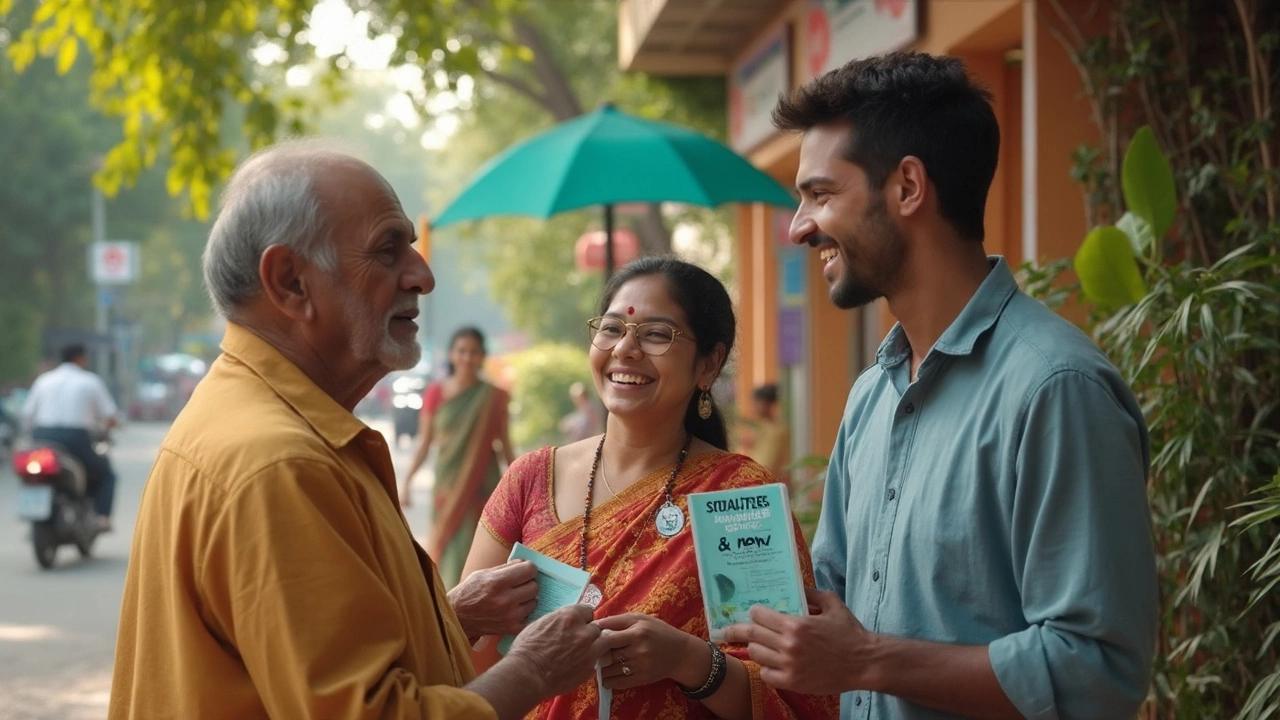
What’s New in Treatment and Research?
Cancer treatment is changing fast, and that’s giving folks hope where even a few years ago there wasn’t much. Let’s dig into what’s happening for lung, pancreatic, and colorectal cancers, since these are the big killers.
Immunotherapy has made headlines, especially for lung cancer. Drugs like pembrolizumab (Keytruda) and nivolumab (Opdivo) are helping some people’s immune systems find and destroy tumor cells. They don’t work for everyone, but for certain lung cancer types, survival rates are going up. Another big jump: doctors use genetic testing to match patients with medicines that target sneaky mutations inside tumors. This is called targeted therapy, and it means treatment can be a lot more personal and sometimes easier on the body than old-school chemo.
Pancreatic cancer’s getting extra research attention because it’s so tough to beat. Just a few years back, the 5-year survival rate was around 5%, but now it’s almost doubled, thanks to new combos of chemo (like FOLFIRINOX) and targeted drugs. Researchers are also trying blood tests that could catch this cancer earlier, way before folks feel sick.
For colorectal cancer, screening tech is better than ever. Home test kits (like Cologuard) and improved colonoscopies spot polyps or cancer way before they spread. There’s also buzz about vaccines and new ways to zap tumors using the body’s immune system—researchers at major US and European hospitals are running clinical trials right now.
| Cancer Type | Key New Treatment | Impact (Recent Years) |
|---|---|---|
| Lung | Immunotherapy, targeted therapy | Improved survival, personalized care |
| Pancreatic | Combo chemo, genetic testing | 5-year survival nearly doubled |
| Colorectal | Early screening, immunotherapy trials | More early detection, new treatments in pipeline |
Don’t forget—every year, scientists are learning more. The most important thing? If you’re facing one of these deadliest cancers, ask your doctor about the latest trials and new treatments. Sometimes what’s around the corner can make all the difference.
